Ups and downs
The development history of the silkworm industry in Lam Dong province over the past 30 years has gone through many ups and downs. In particular, the period from 1986-1995 was the period of the strongest development of the local silkworm industry with a mulberry growing area of about 10,000 hectares, accounting for 50% of the country's mulberry area; many silkworm breeding factories, silkworm breeding enterprises, processing enterprises, and silk weaving factories were built, creating jobs for thousands of workers. The silkworm industry became the spearhead economic sector of Lam Dong during this period and Lam Dong was also considered the capital of the silkworm industry in the country.
However, by the early 2000s, due to the impact of the decline in silk prices on the world market (down 40-50%), the world's silk production and trading industry began to face difficulties. In that context, the silk industry of Vietnam in general and Lam Dong in particular also suffered many impacts of decline in production, processing and consumption activities. Specifically, by the 2000s, the mulberry growing area of Lam Dong was about 2,900 hectares, down 70% compared to 1995. This has caused the silkworm breeding, silk reeling and silk weaving professions of the province to decline and gradually disappear.
Through that difficult period, thanks to the attention of local authorities, Lam Dong's silk industry was restructured to maintain and not to decline further. In particular, since 2011, when the world silk price began to recover; coupled with the reputation and quality of Vietnamese silk products in general and Lam Dong in particular (of which Bao Loc silk brand stands out) has been increasingly improved and is favored by foreign markets. Thanks to that, Lam Dong's silk industry has gradually been restored and developed to date. The good news is that currently, mulberry trees and silkworms are holding an important position in the development orientation of the local agricultural sector. Lam Dong has also been focusing on investment to develop, making silkworms a key economic sector of the province in the coming years.
Bringing sustainable development to the sericulture industry
At the 2023 National Sericulture Conference recently organized by the Ministry of Agriculture and Rural Development (MARD) in Da Lat City (Lam Dong), representatives of the Department of Livestock Production (MARD), the Central Sericulture Research Center, and the Vietnam Sericulture Association all affirmed that many changes in the sericulture industry in Lam Dong today originated from the "Project for sustainable development of the sericulture industry in Lam Dong province for the period 2019-2023", approved by the People's Committee of Lam Dong province in Decision No. 1371/QD-UBND dated June 25, 2019.
Previously, in the speech of the representative of Lam Dong Provincial People's Committee and the Department of Agriculture and Rural Development of Lam Dong province, it was emphasized that Lam Dong's silkworm industry has been restored and developed in terms of area, productivity and quality. In particular, the quality of raw cocoons has now met the requirements of high-quality silk reeling for domestic consumption and export; the development of Lam Dong's silkworm industry ranks first in the country in terms of mulberry growing area as well as silkworm cocoon output and silk production. Specifically, Lam Dong's mulberry area now accounts for about 70% of the country's mulberry area and silk output accounts for over 80% of the country's silkworm cocoon output.
Regarding production, according to the Department of Agriculture and Rural Development of Lam Dong province, in 2023, Lam Dong's mulberry growing area will reach about 9,800 hectares, mulberry leaf output is estimated at about 247 thousand tons, cocoon output will reach about 16,000 tons, and silk thread output of all kinds will reach over 2,000 tons; the whole province has about 16,000 farming households growing mulberry and raising silkworms; there are 05 mulberry growing and raising silkworm villages and 45 cooperatives, 12 mulberry growing and raising silkworm cooperatives.
Providing more information about the production situation of the local silkworm industry, Mr. Nguyen Van Chau, Deputy Director of the Department of Agriculture and Rural Development of Lam Dong province, said that up to now, the source of mulberry leaves for silkworm farming in this province has basically met the demand with high-yield and high-quality varieties, meeting the demand for silkworm farming production, suitable for the land and climate conditions of the province and gradually replacing imported mulberry varieties.
Mr. Chau also added that the whole province currently has 04 organizations and individuals importing silkworm eggs and about 200 concentrated silkworm breeding facilities (mainly in Lam Ha district and Bao Loc city) providing silkworms for breeders in the province. Lam Dong province currently has 32 silk reeling facilities, silk production and processing technology has been invested in with modern production lines, high capacity with over 100 automatic silk reeling rows, 400 threads/row, silk quality has been improved to meet the requirements of the domestic and export markets. The textile industry produces over 5 million meters of raw silk/year, the silk sewing industry has been invested with about 200,000 products/year. The silk and silk product processing industry annually solves about 2,000 jobs (average 60-80 workers/facility).
Along with those efforts, in the period of 2019-2023, Lam Dong province regularly organizes training courses on management processes and techniques for mulberry cultivation and silkworm rearing for officials in charge of and managing the mulberry and silkworm industry of the province and local localities; organizes many training courses to transfer technical processes for mulberry cultivation and silkworm rearing to farming households. Through these training courses and classes, the province has improved the management level and transferred science and technology of the mulberry and silkworm rearing industry to relevant subjects; thereby applying, expanding production, protecting, preventing diseases, implementing well the management work, linking the production chain with consumption, contributing to bringing economic efficiency and developing the mulberry cultivation, silkworm rearing and silk weaving industry in the locality.
Not only paying attention to and taking care of the development of the silkworm industry through policies, orientations and support for farmers, production facilities... but the issue of product consumption markets is also focused on by Lam Dong province. Currently, the export market for silk yarn and raw silk of Vietnam in general and Lam Dong in particular is mainly to the markets of countries: China, India, Korea, Bangladesh, Taiwan; the export market for silk fabrics is mainly to Japan, India, Korea, China, Brunei. In particular, Lam Dong's silk export output in 2022 will reach about 1,800 tons, the export turnover of silk, textile yarn, and fabrics of all kinds will reach about 180 million USD (ranked second after the coffee industry).
The above efforts have made the silkworm industry of Lam Dong province in recent years a highly effective economic sector, with an average product value of about 350-400 million VND/ha/year, the profit (about 50% of revenue) is quite high with low initial investment capital, fast capital turnover; revenue per unit area of silkworm cultivation is 203 times higher than that of some industrial crops such as coffee, tea, pepper, cashew. Therefore, according to the representative of Lam Dong Provincial People's Committee, the silkworm industry of the province has received attention from the locality for investment, encouragement and production expansion. In the coming time, the locality will continue to create conditions to help the silkworm industry of the province develop stably and sustainably based on the advantages and potentials of the province, while continuing to improve productivity, quality, ensure competitiveness and efficiency in production as well as expand the consumption market./.
Source link















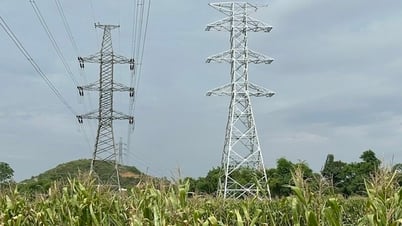
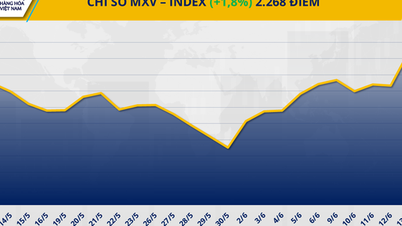





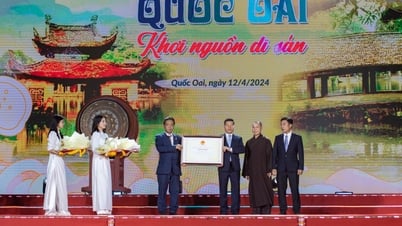

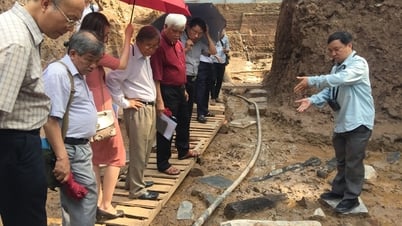



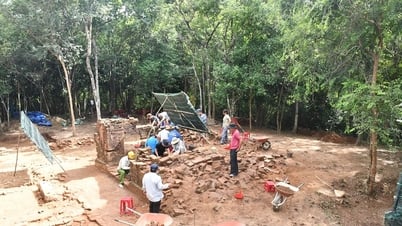





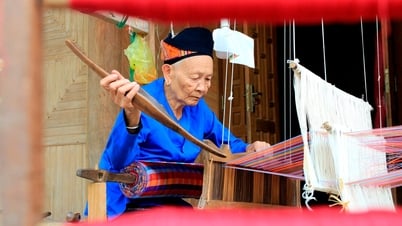



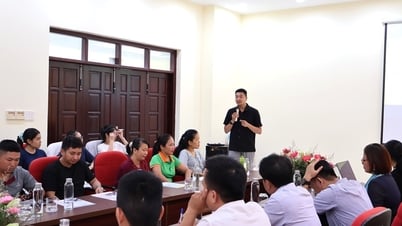












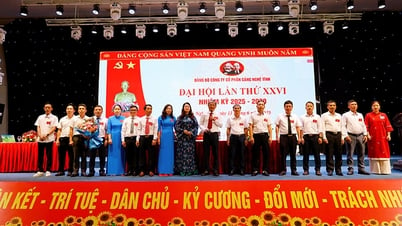

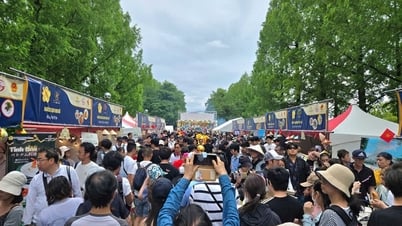
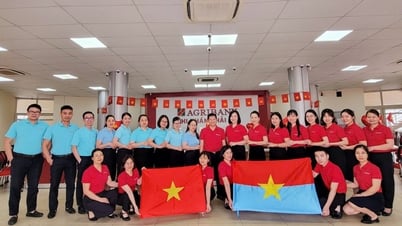






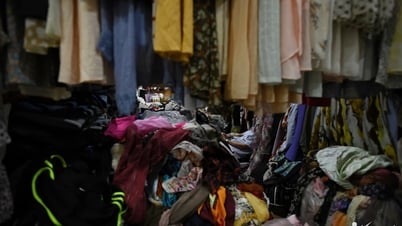





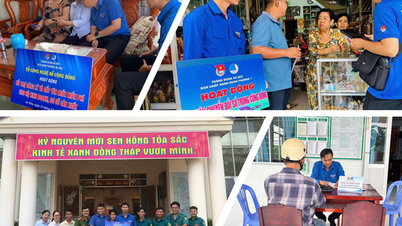











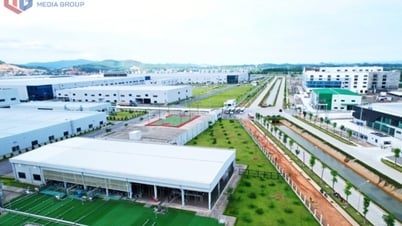



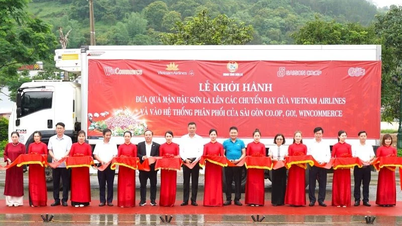













Comment (0)